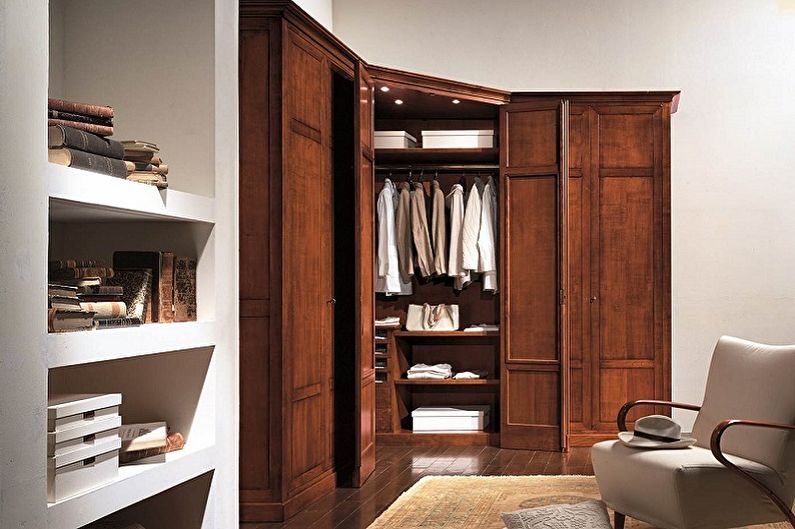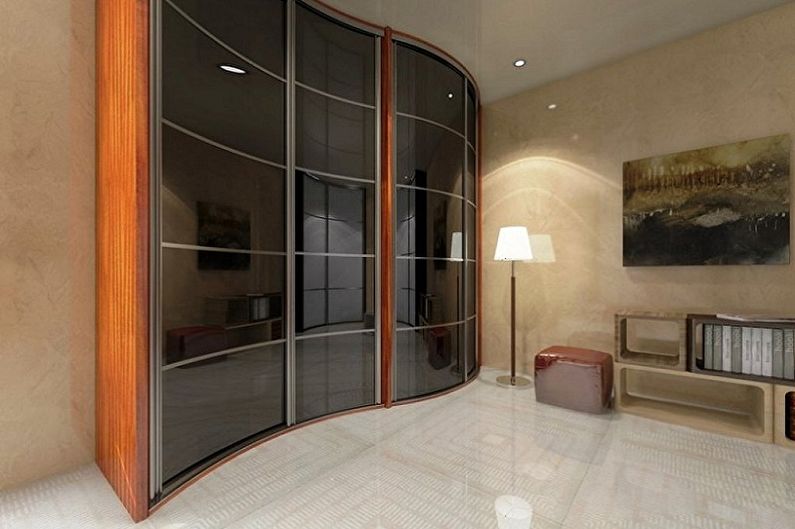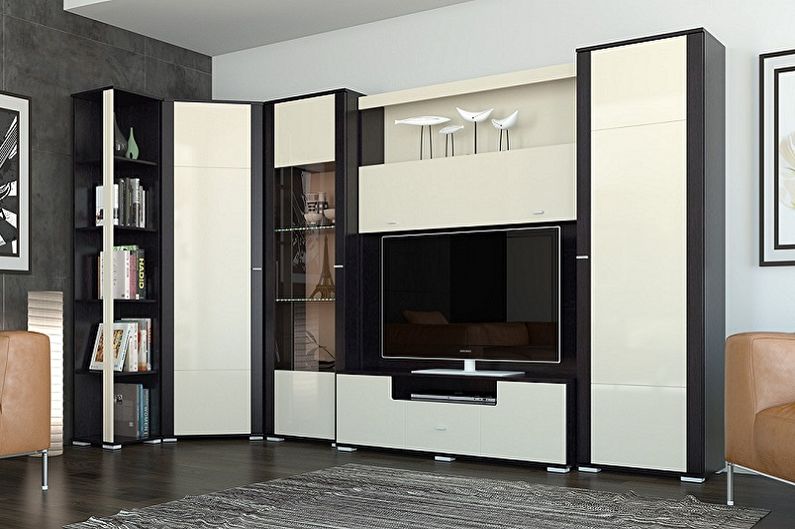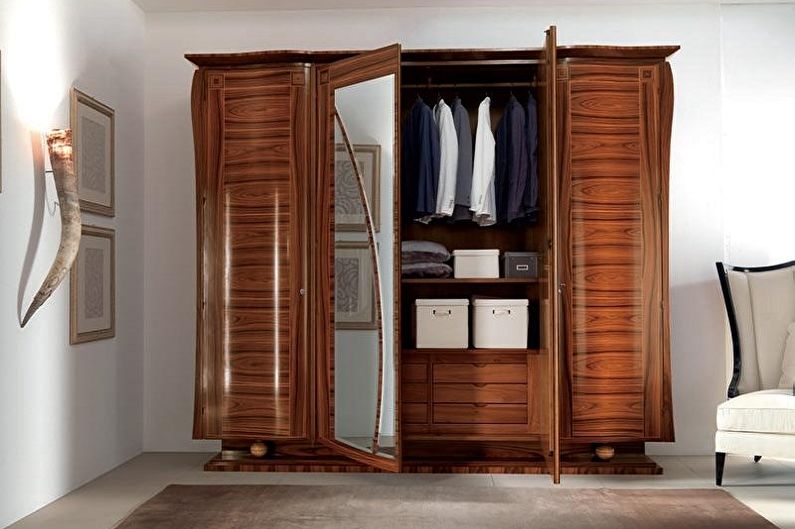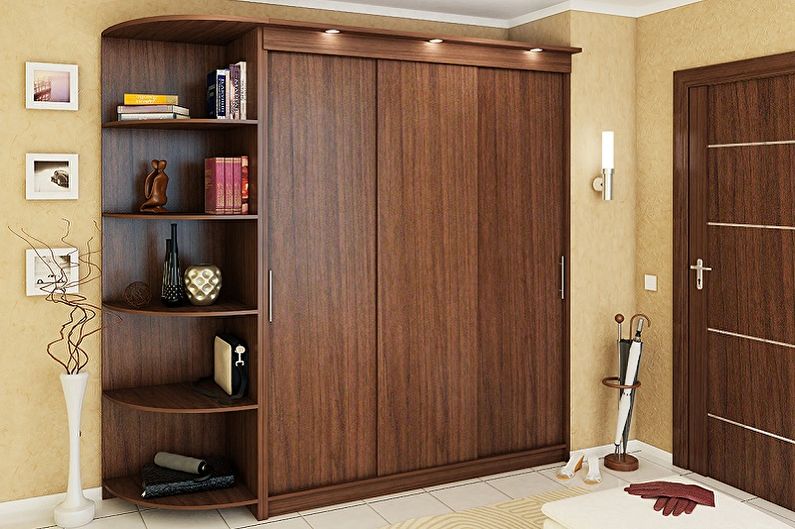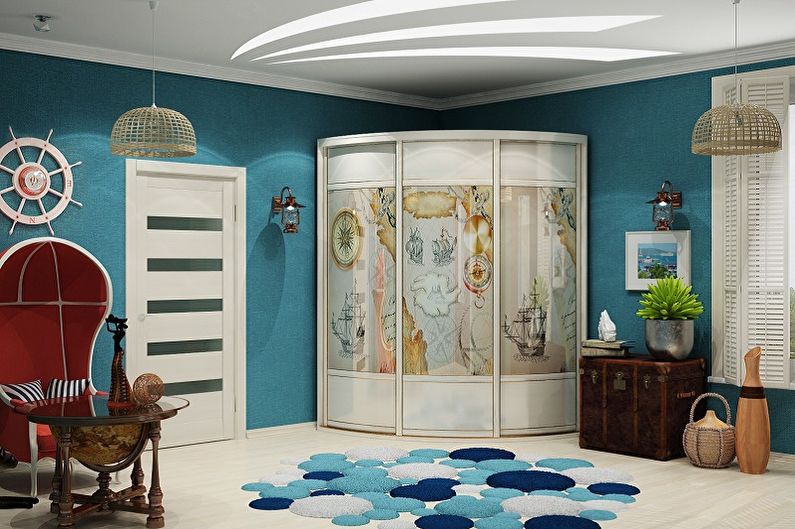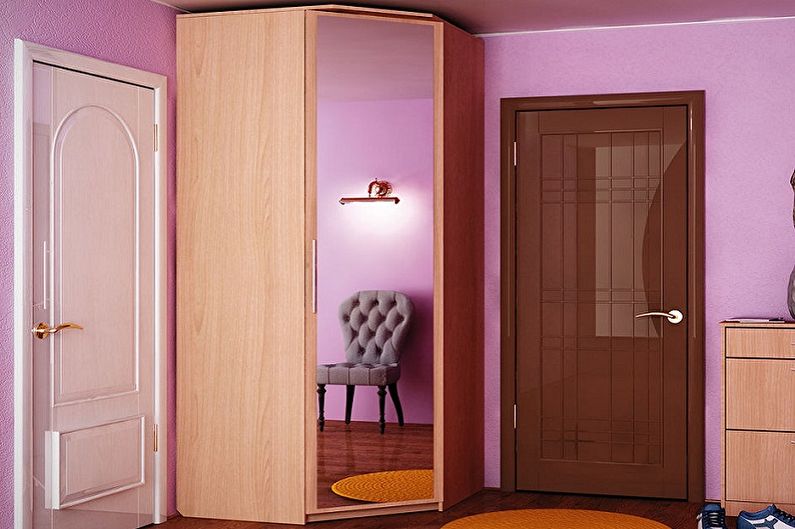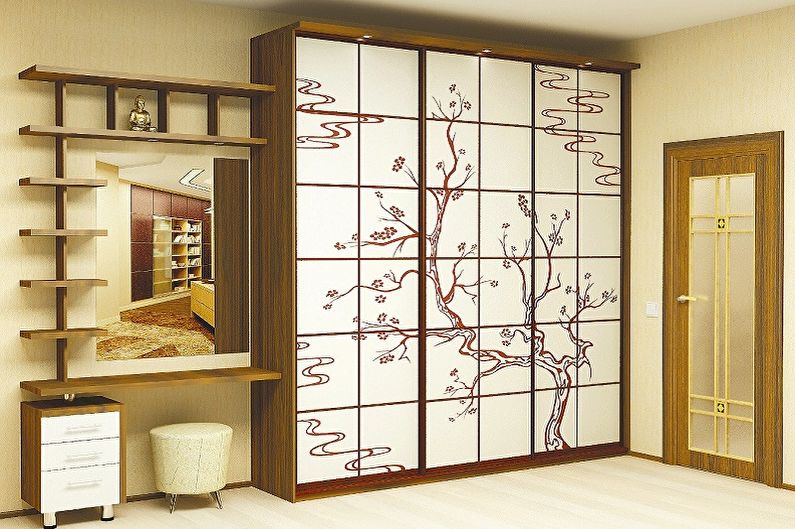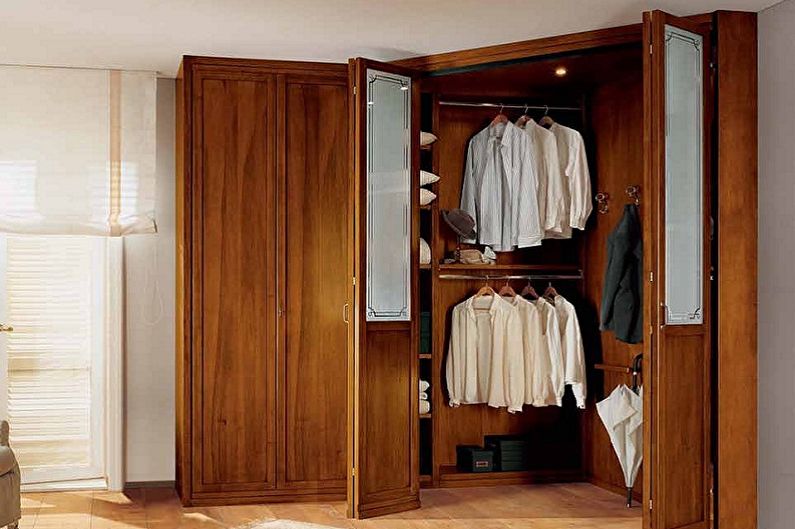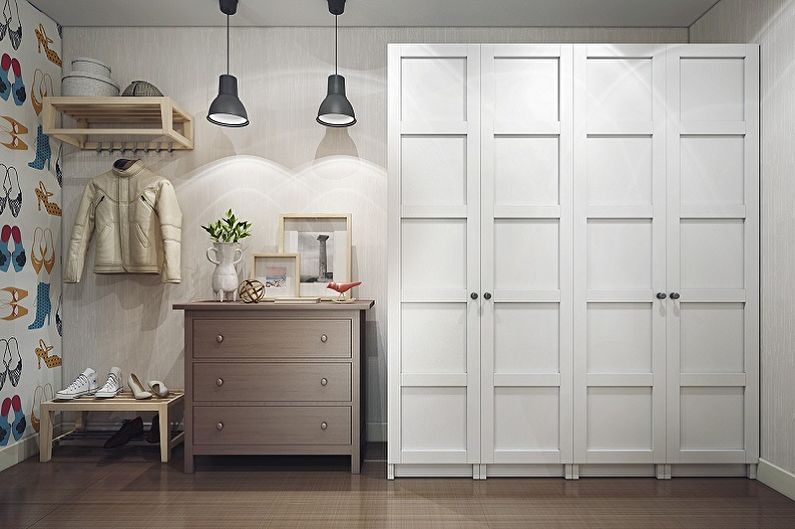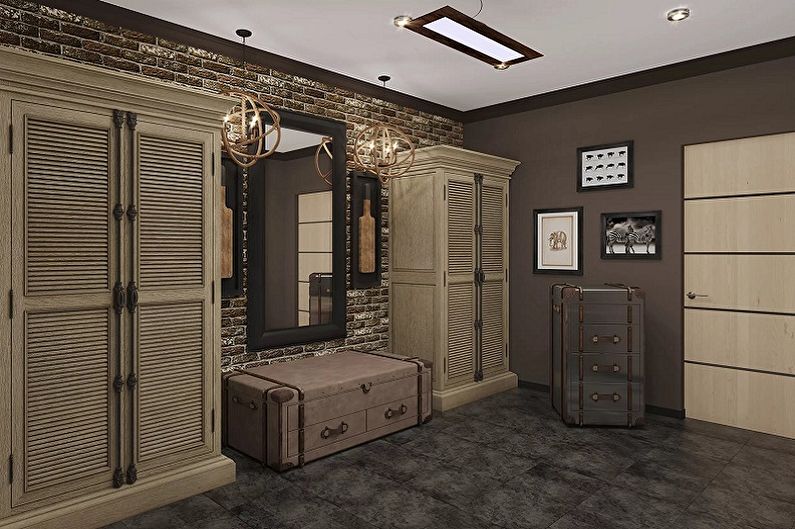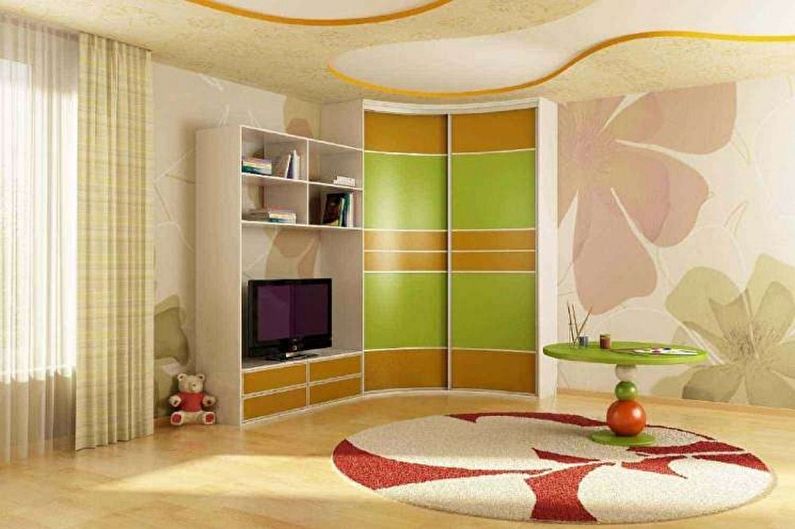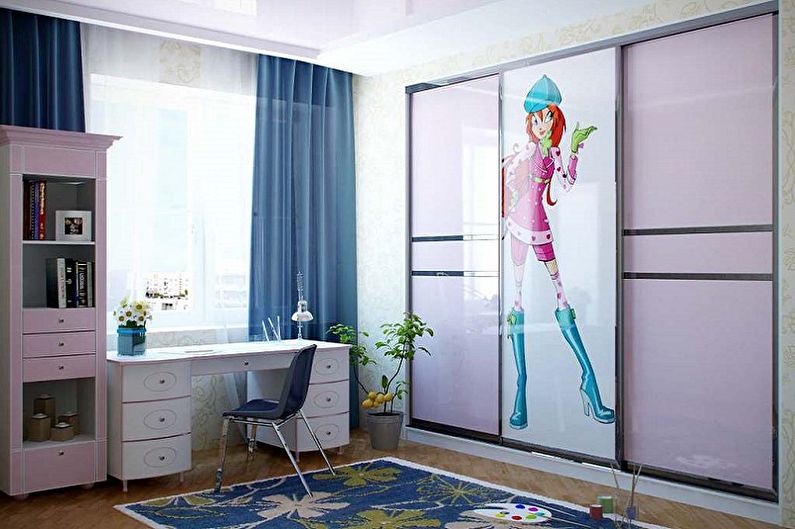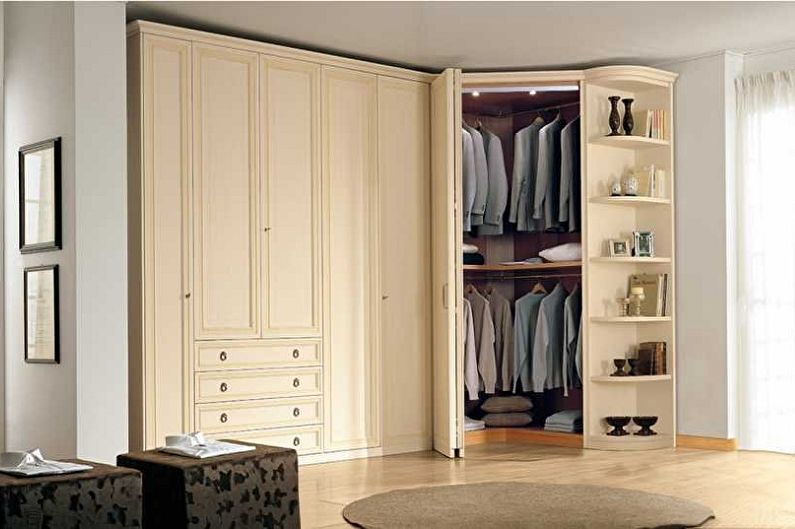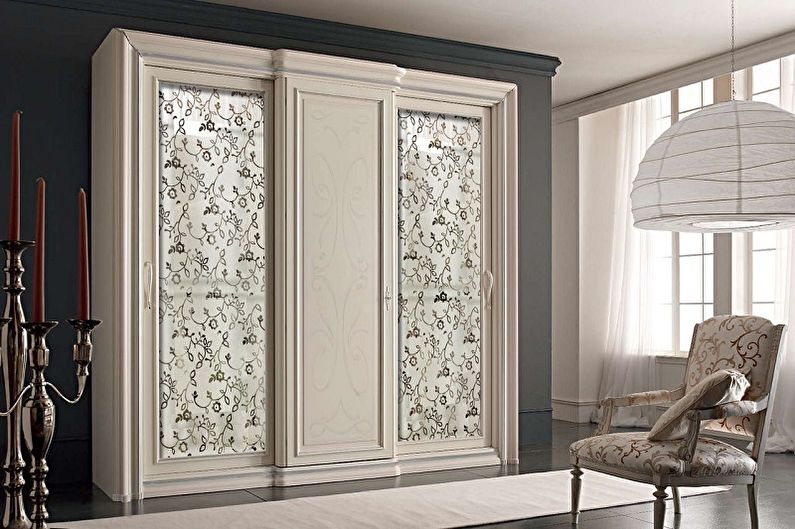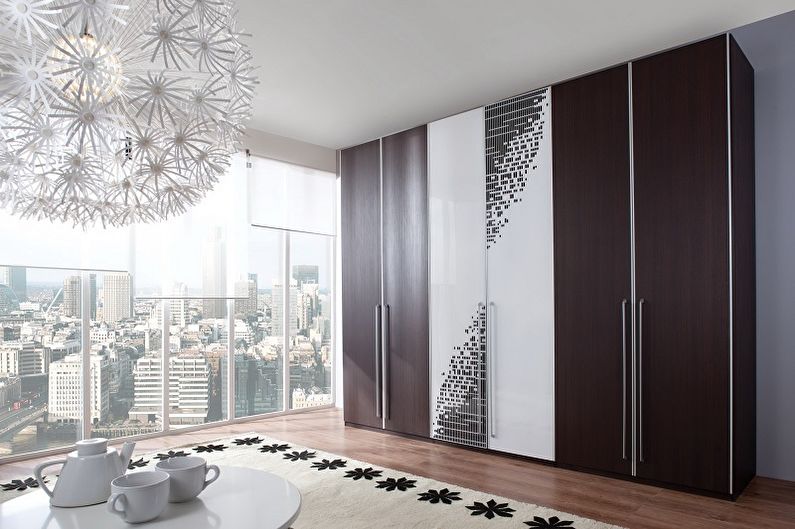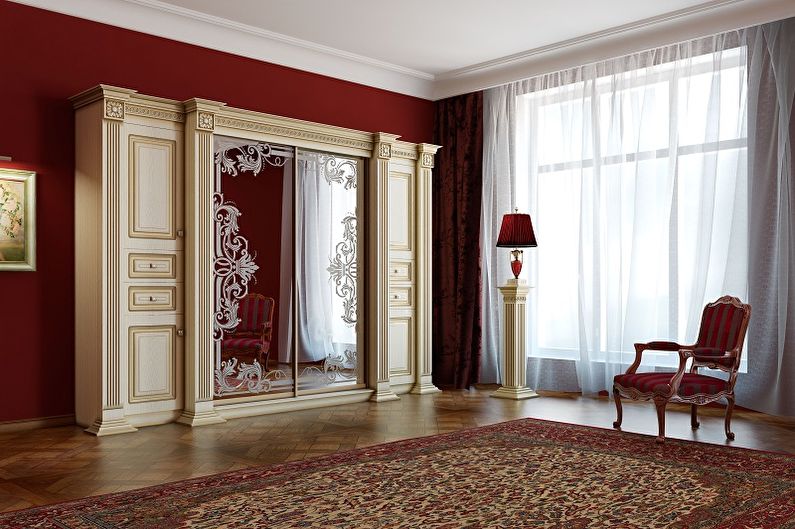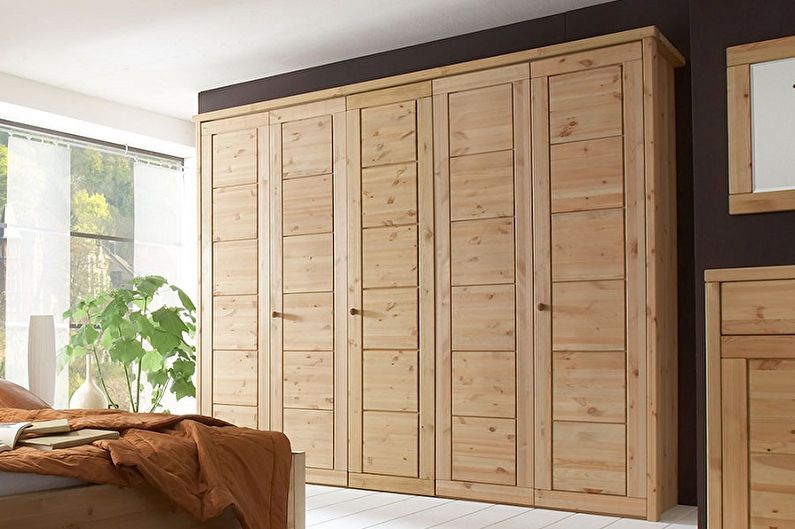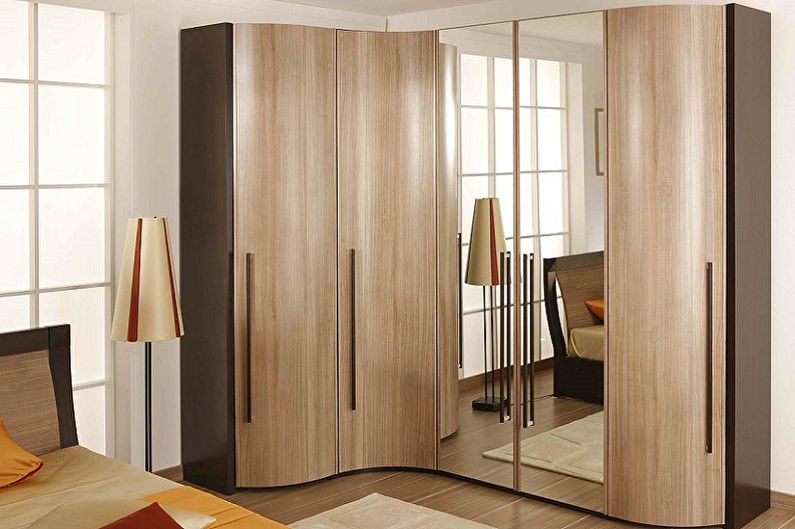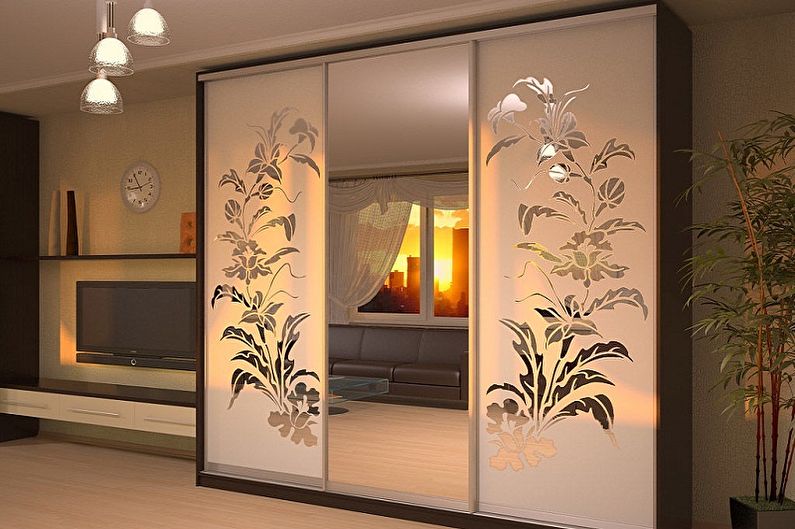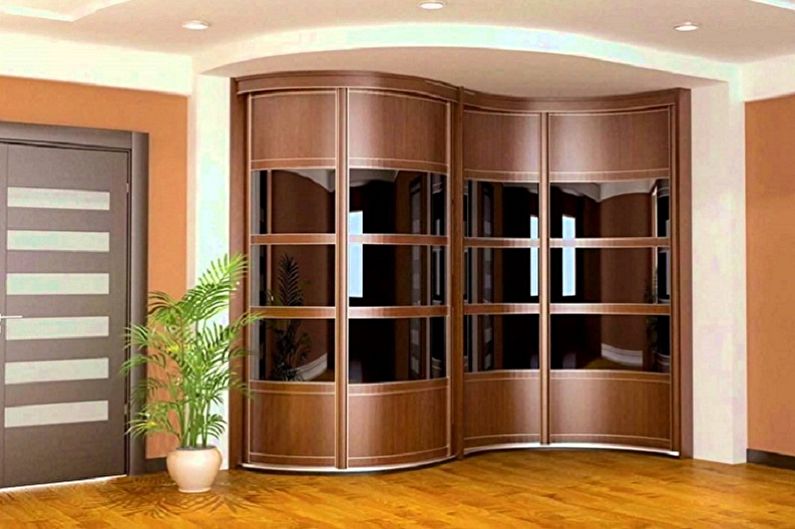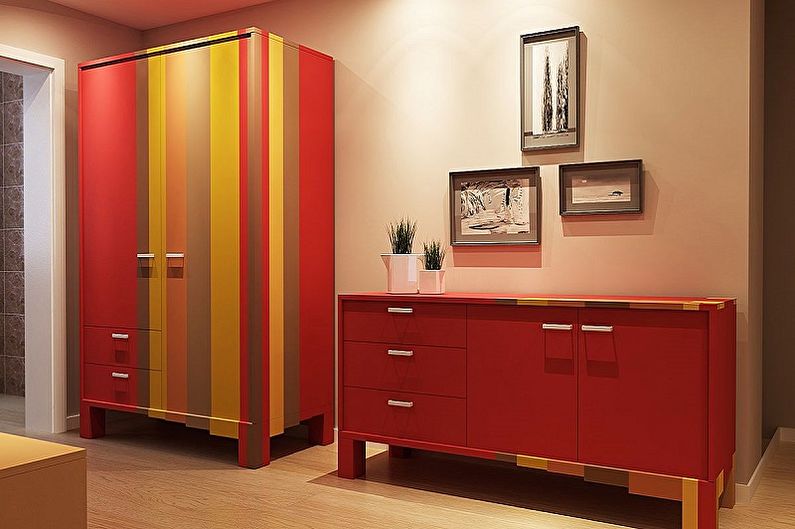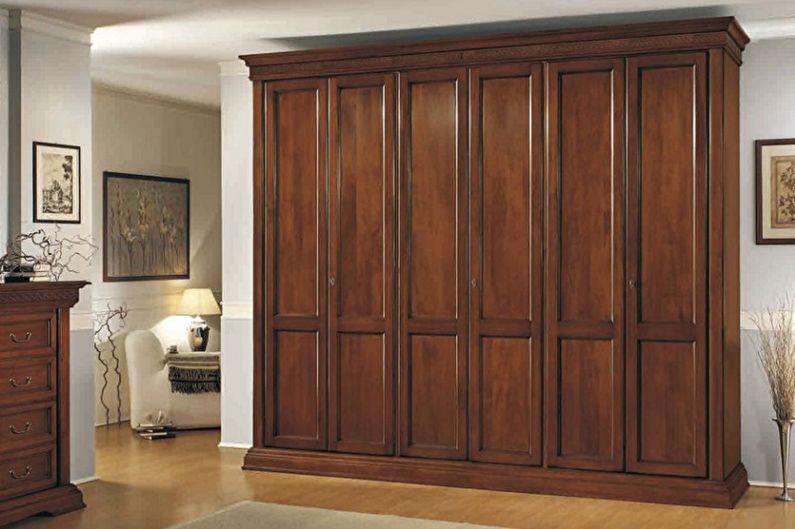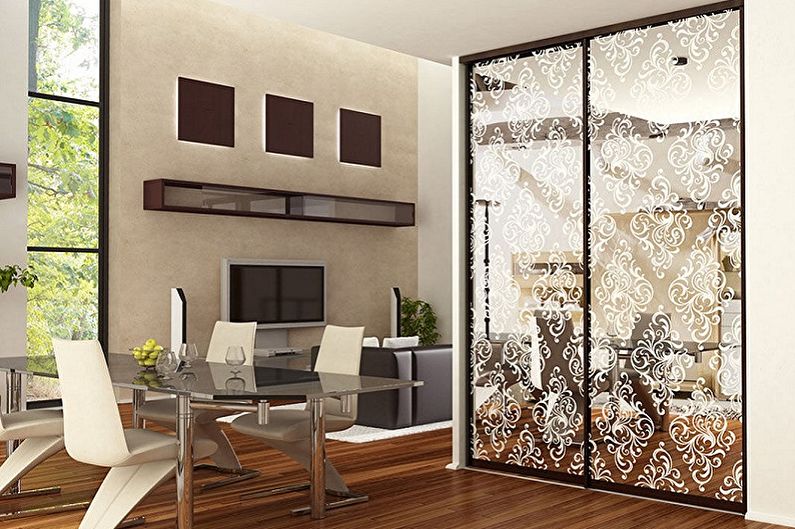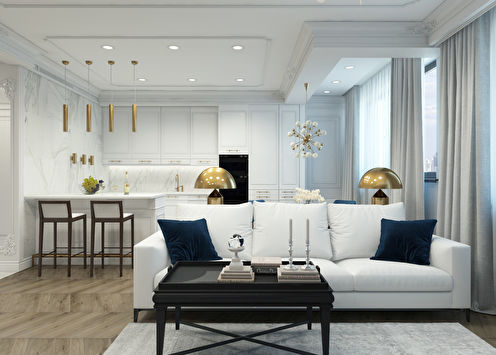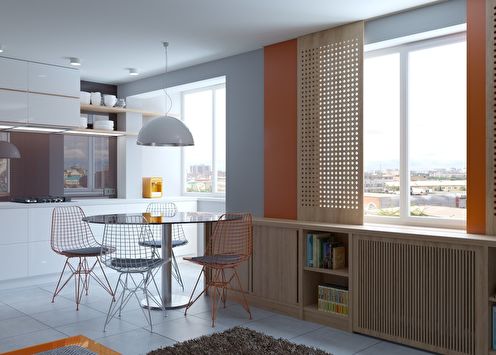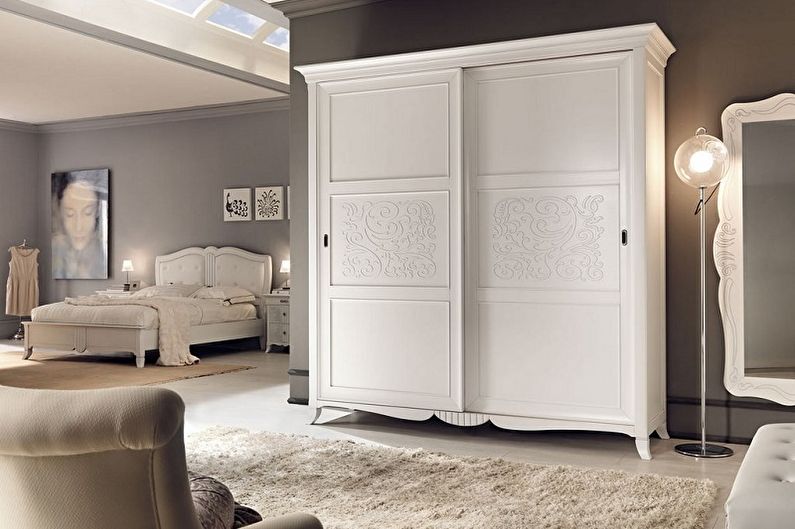
A wardrobe is no longer an innovation in interiors. Its appearance dates back to the XVI century, when the first construction made of solid wood was invented, accessible only to rich environments. Several centuries later (in the 19th century), the production of factory furniture began, which made the purchase of a cabinet affordable for different segments of the population. This has become a good alternative to storing things in chests and baskets. Modern wardrobes differ in size, filling, a variety of designs and other features that make them a useful piece of furniture.
Types of Wardrobes
A few decades ago, wardrobes were mostly patterned shapes and sizes. The same designs could be found in different houses, and only rich interiors adorned the fruits of design developments. To date, the variety of cabinet models has become so great that it is sometimes difficult to make the right choice. There is a conditional classification of wardrobes, according to which the furniture is divided into subspecies.
Material for manufacturing
The material of which the furniture is made is of great importance, as it speaks of its environmental properties, as well as the reliability of the structure. The consequence of using high-quality raw materials is the long service life of the product. For the production of modern wardrobes, both traditional and non-traditional raw materials are used, namely:
Wood is the most reliable, environmentally friendly, but expensive material. Such furniture adorns the rich classic interiors, being their integral attribute. Oak, birch, and beech have greater durability. The great advantage of wooden storage designs for clothes is that things will have a pleasant aroma;
Particleboard is the most popular material. The technology of its production is quite simple, therefore, furniture is relatively inexpensive. In the manufacture of wardrobes, laminated boards are used, which eventually add up to nice neat designs. One fact must be taken into account - chipboard is afraid of high humidity, the walls may swell, so you need to be careful when choosing a room. For a cabinet in the hallway, it is better to choose a different material;
MDF - is often used by European furniture manufacturers, as it has almost all the advantages of wood, but costs significantly less. The technology for producing such wood boards is similar to the manufacture of chipboard, but it differs in that the raw materials do not contain tar additives, and therefore, are harmless;
Fabric - this is just the option that refers to non-standard. The cloth that forms the frame of such a clothes vault can be a marching option or be beautifully decorated for home use. The fabric structure does not have sashes, but closes with a zipper. She helps out those who are constrained in money or travel often;
Plexiglass is also an unusual solution for modern furnishings. Mostly frosted glass or corrugated glass is used so that the contents of the cabinet are not exposed to the public.
Materials such as fiberboard, metal and plastic can also take part in the interior of the cabinet. This is especially true for rustic styles and loft designs. Shelves or baskets for clothes are made of stainless steel, and facades can be decorated with plastic, in addition to the filling.
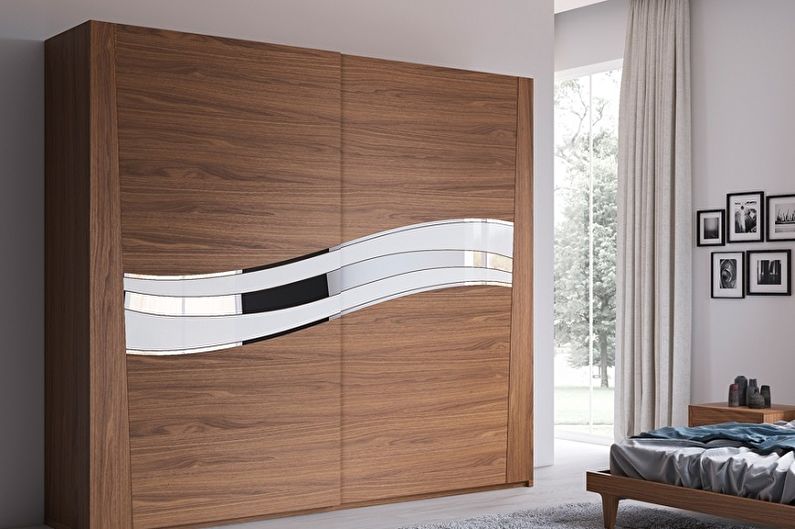
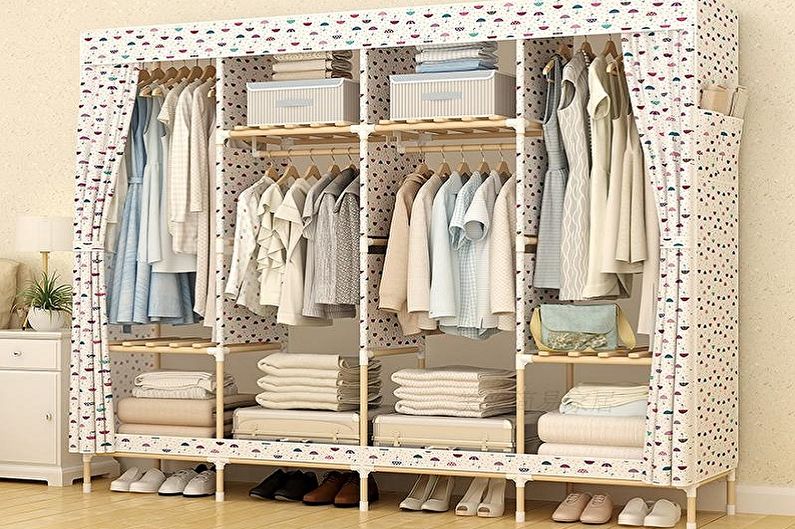
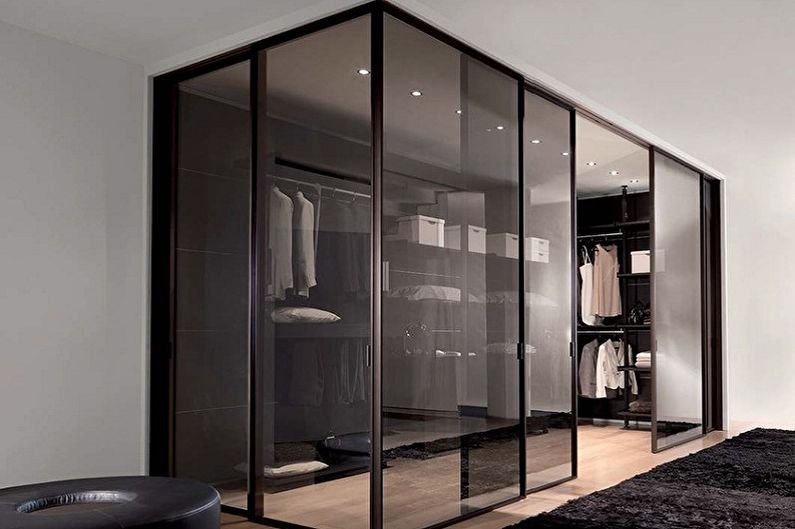
By way of opening
One of the classifications divides the types of wardrobes according to the method of opening doors.Here there are two types of structures - swing and compartment. The first is known, perhaps, to every person. Swinging doors have more than a century of history and do not lose their relevance to this day. This is explained by their convenience - open doors do not obscure the space, so finding the necessary thing is not difficult. A good option when a large closet is endowed with several barriers that open different compartments. In addition, the swing door system has a long service life. The cost of such a wardrobe is much less than that of a compartment design. As for the shortcomings, they include the need for sufficient space in front of him so that the doors can open without hindrance.
Sliding wardrobes are a relatively new development, where the barriers move thanks to the rail mechanism. They quickly gained popularity due to the economy of space and originality of execution. Sliding constructions can be case or built-in, have one or several doors, which are often supplemented with large mirrors. On request, you can make a cabinet of any length and depth, even organize a whole dressing room. This is a great option for small rooms, especially corridors, where there is always a lack of space.
It is worth noting that in modern models there are combinations of different opening systems. For example, a cabinet may have two compartment doors that cover shelves and a horizontal bar with hangers, and one hinged door, behind which drawers will hide.
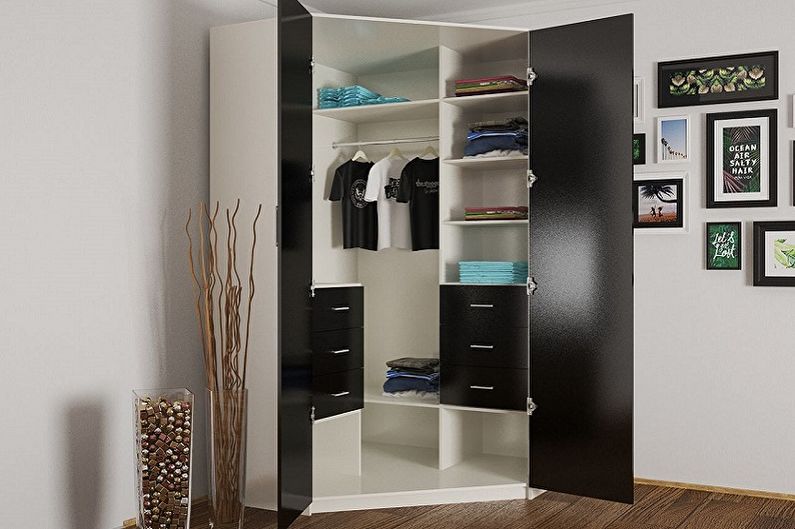
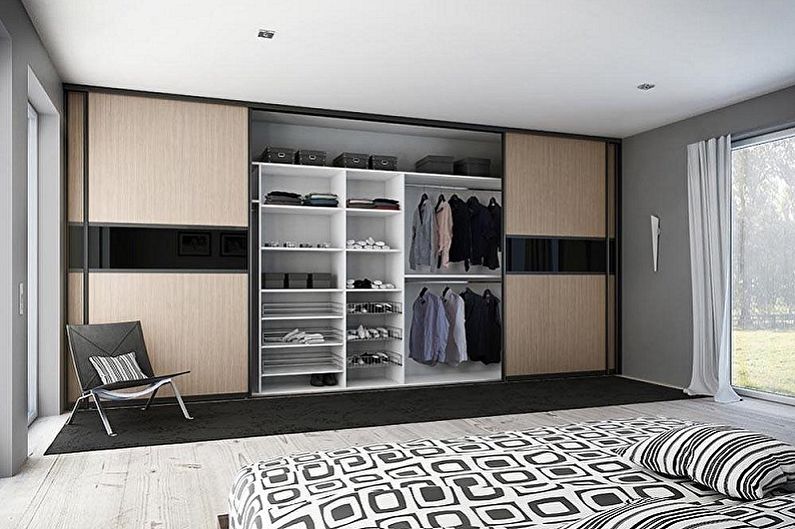
By design
Depending on the configuration of the room, you can choose a cabinet of various shapes. Each of them can be quite roomy, but it is important that it does not clutter up the space, but merges with the interior. There are the following forms of wardrobes:
Linear is a good option for rectangular rooms. The cabinet design is a storage with various compartments, which is installed along one of the walls. Today, you can find rather thin designs on sale, about 35–40 cm deep, which makes it possible to install them in narrow rooms;
Corner - ideal for square and non-standard rooms. Such a cabinet, imperceptibly located in a blind corner, will contribute to a significant unloading of the room's space;
Radius - compartment type structures, which are located in the corners of the premises. The doors of such cabinets have a semicircular or curved shape, which looks pretty stylish in any interior. Radius wardrobes are very deep and most often they can be found in the hallway premises - here not only the clothes of the owners of the house, but also the guests can fit in. Apart from the shape, wardrobes differ in the number of leaves, which can vary from one to five or six, depending on sizes and design.
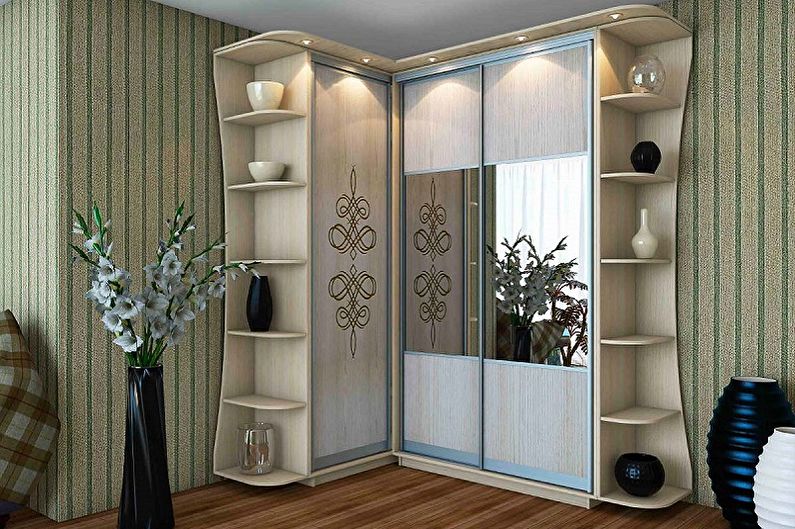
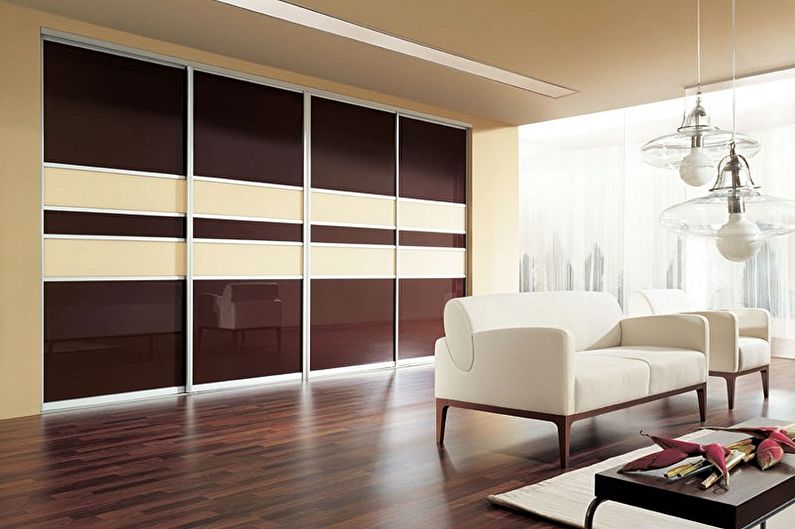

Features in different interiors
A wardrobe, as mentioned earlier, can be designed for different purposes. It can store children's things or clothing for adults, an upper or lower wardrobe. From what for or for whom the wardrobe is bought, its placement in the apartment depends. It is worth noting that when choosing a design in a particular room, attention must be paid to external data - the cabinet should harmoniously fit into the atmosphere of the room. The internal filling is also important - the presence and number of compartments, drawers, shelves should correspond to the amount of wardrobe to be placed so that there is not much unused space left.
Wardrobe in the living room interior
In living rooms, wardrobes are rarely installed - this room should be freed from furniture as much as possible, with the exception of comfortable seats, small modular cabinets. However, in small apartments, where one room can accommodate several zones, such an arrangement is sometimes the only option.A good option if the wardrobe will be an element of the wall or will have an addition in the form of side racks, shelves, TV stands, which make up a single ensemble.
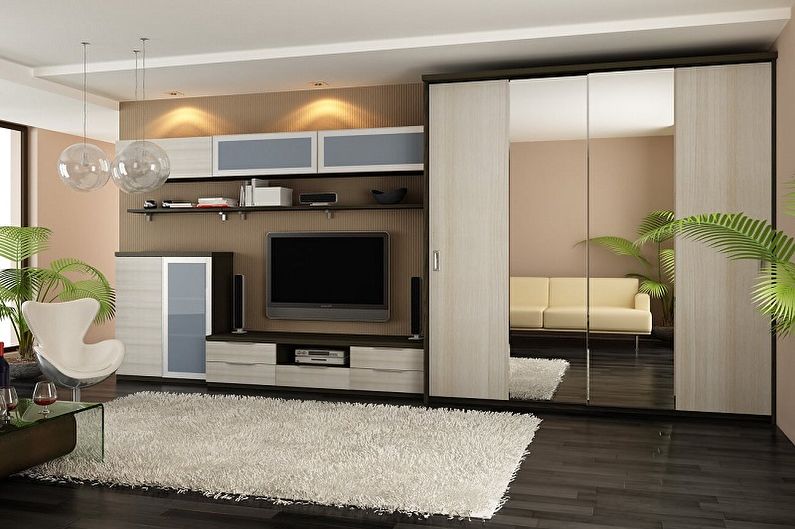
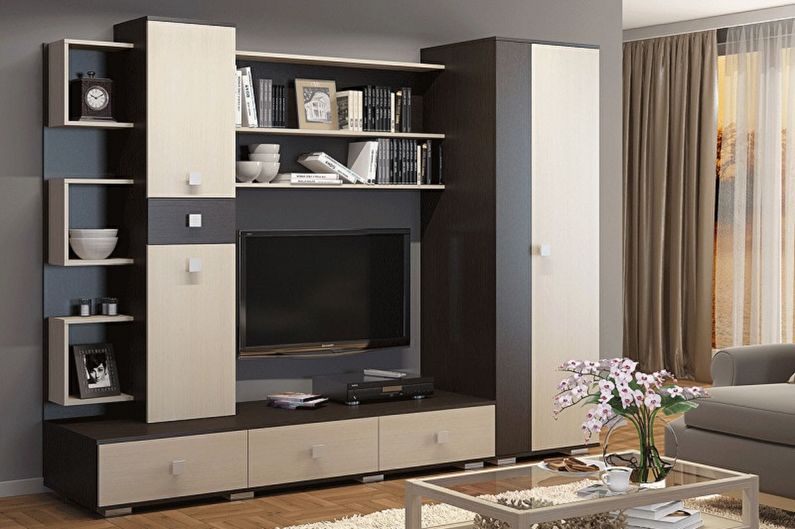
Wardrobe in bedroom interior
Often, it is in the bedroom that people tend to pick out an outfit to leave the house. This room is the best option - in addition to the bed, the furniture is, in most cases, missing, so the closet will find a decent place. If the room allows, you can take a whole wall to organize a wardrobe, for example, along a wall with a door. Since there is no place for outerwear in the bedroom, shelves or drawers will act as internal filling, it is quite possible to limit yourself to one bar for the shoulders.
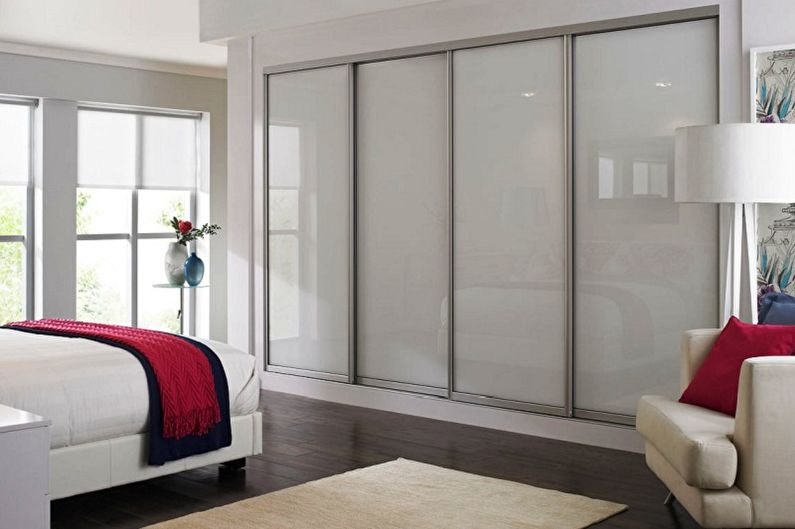
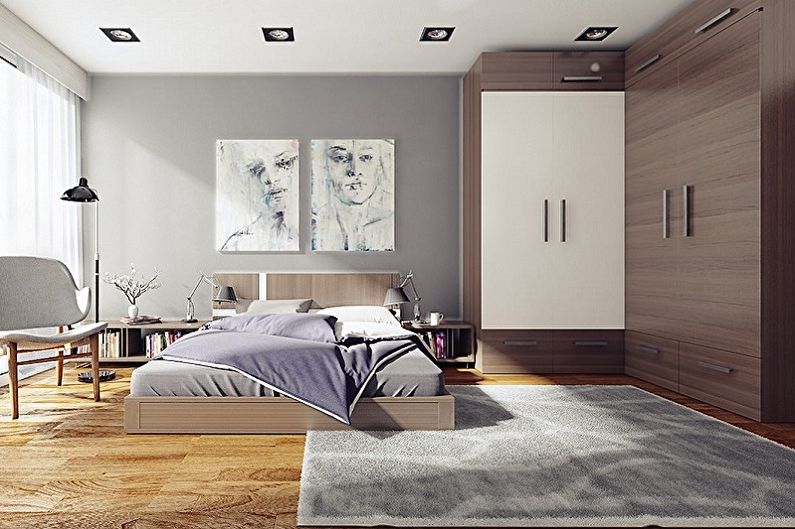
Wardrobe in the hallway interior
It so happens that it is most difficult to choose a convenient model for the entrance hall, especially if the corridor has small dimensions. Here the best option would be the corner construction. Linear can also take place, however you need to choose cabinets with a shallow depth. Preferred sash type doors, which can be decorated with mirrors. It is advisable to choose furniture in the hallway in bright colors, as dark facades will significantly narrow the room.

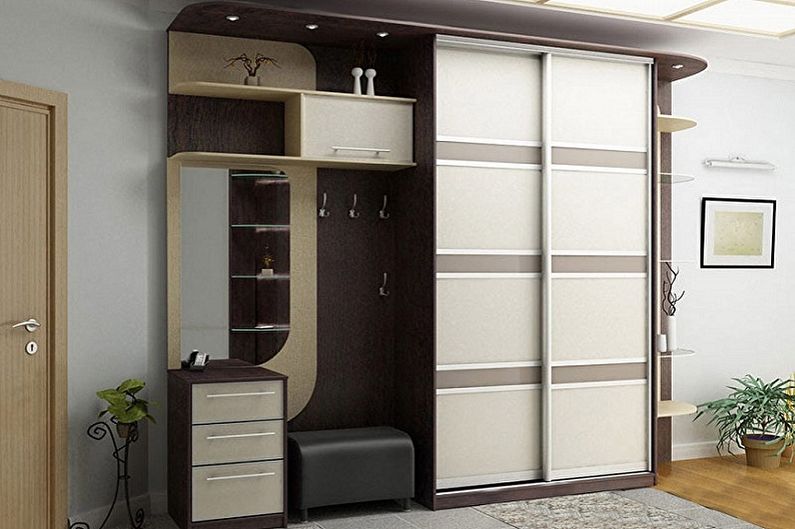
Wardrobe in the interior of the nursery
It is very important for adolescents to have their own space where they can independently organize the situation as they like. In addition to the fact that the closet will help solve the problem of storing a lot of children's clothes, he will also teach the child to keep order in his things. Large structures are not needed here - it is better to give preference to compact corner or narrow linear cabinets, which are included in the set of walls. Sometimes a place for such a closet is located under the loft bed.
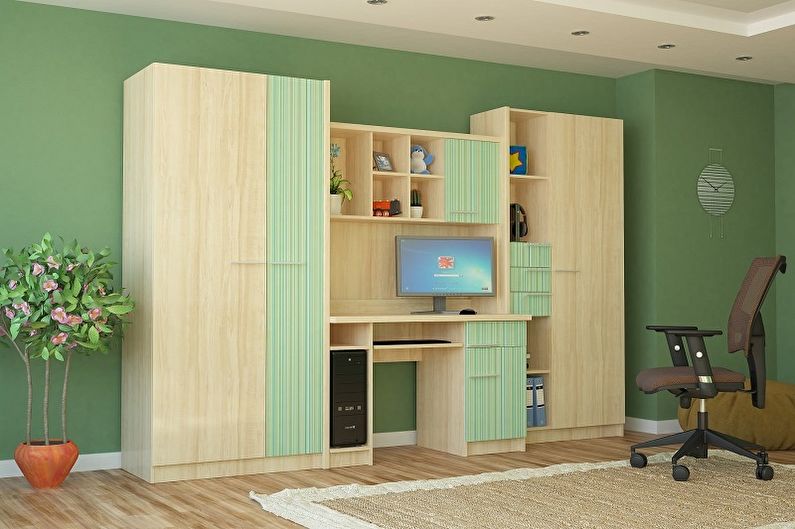
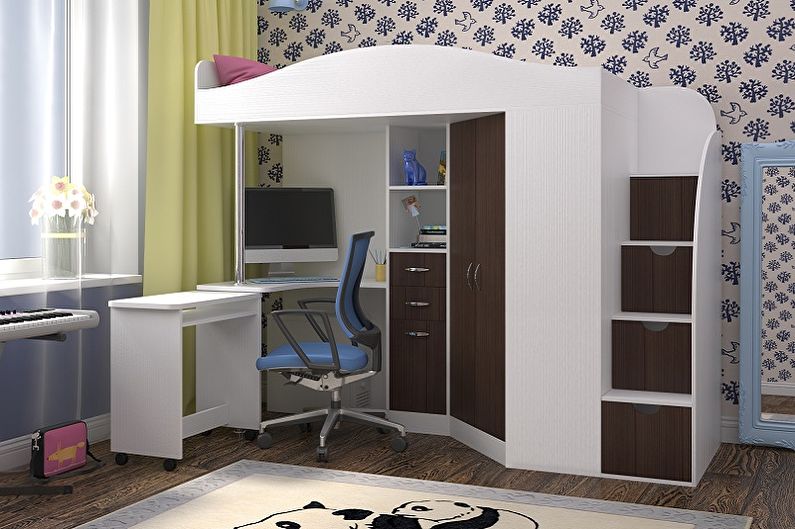
How to choose a wardrobe
When sending a wardrobe for purchase, you need to determine for yourself the most important characteristics that it must correspond to - perhaps you are looking for a compact corner storage system or a large linear one, a wardrobe for a children's room or a mini-wardrobe for a bedroom. It is necessary to carry out careful measurements of the room where it is supposed to be installed, and think over which configuration is best suited.
For modern interiors, which are usually designed in a consistent style direction, you need to select the appropriate furniture. For example, a wardrobe in the classical style most often has a linear or radius shape, and white and wenge are preferred from the color palette. Provence furniture should look concise and elegant, and country style is better complemented by a wooden cabinet of rough decoration, possibly with carving elements. Modern minimalism promotes simple forms and the absence of excessive decor, and the loft is able to impress with its originality and present even a metal cabinet to the court of guests.
Another important aspect worthy of attention is the internal organization of the wardrobe. In compact models, as a rule, there is a pair of compartments where shelves for clothes and a holder for hangers are placed. Large wardrobes have wider possibilities for accommodating different types of clothes, from underwear to winter outer wardrobe. Often the “filling” of cabinets consists of three tiers: the upper one is for things that are rarely used, the middle (largest) has shelves, drawers for clothes, as well as a compartment for hangers, and the lowest compartment is used to store shoes.
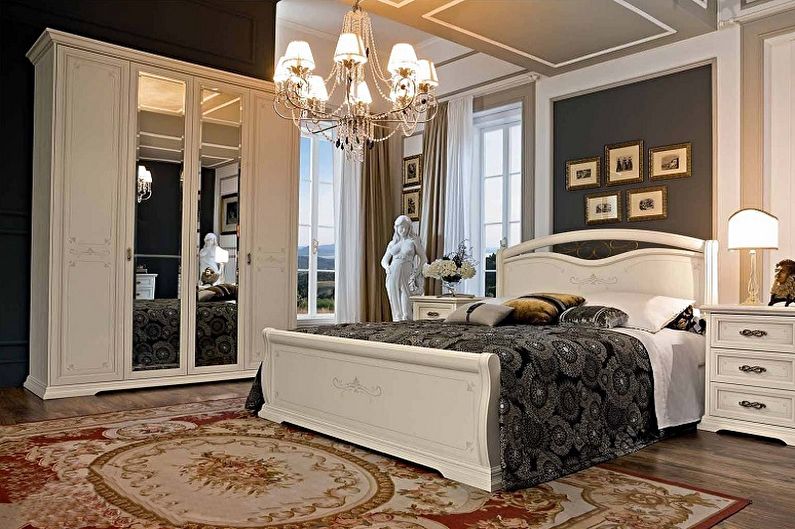
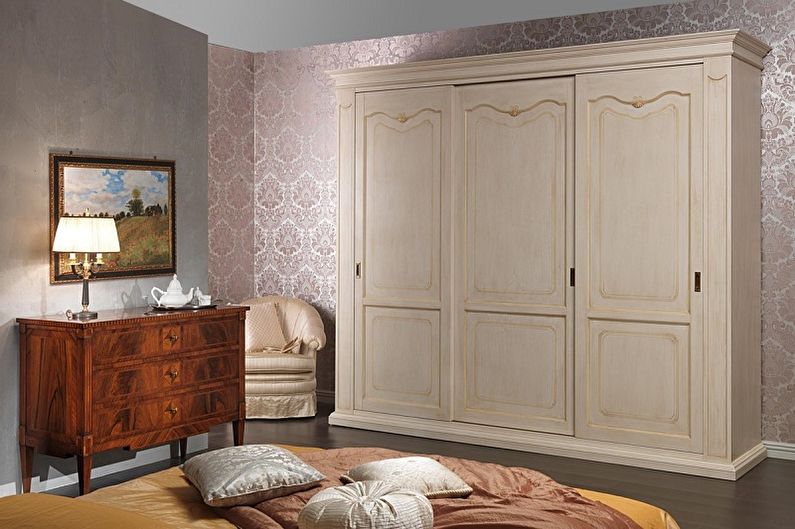

Wardrobes - photo
In order to better understand the varieties of wardrobes, we suggest visiting the further photo gallery. Here you will find many options, from which you will probably choose the most suitable model for yourself. Enjoy watching!

